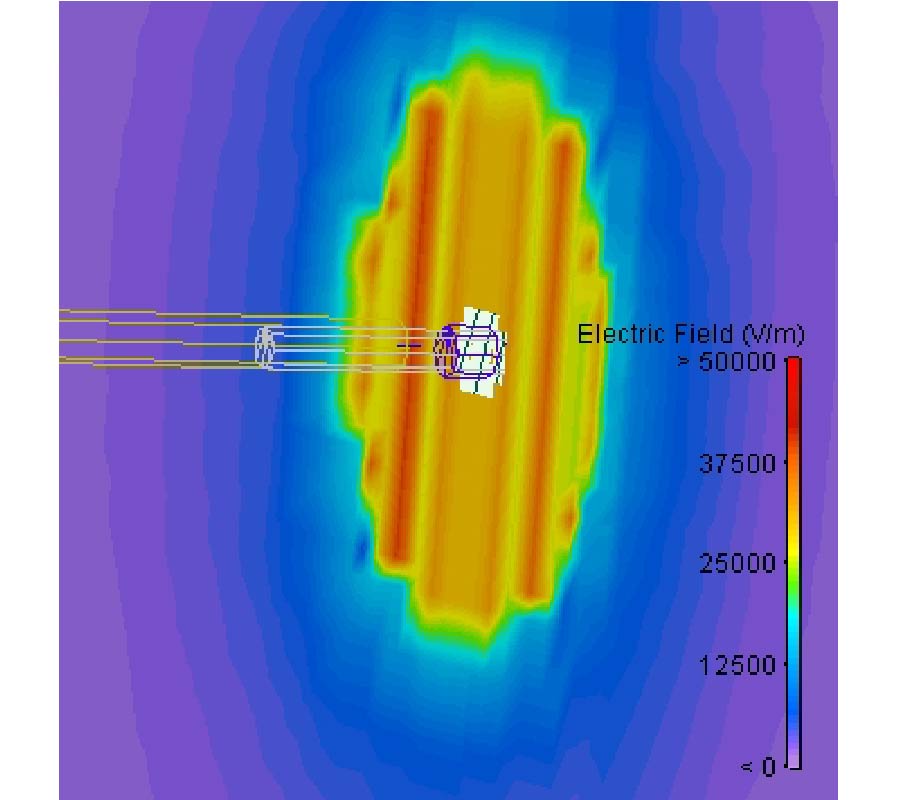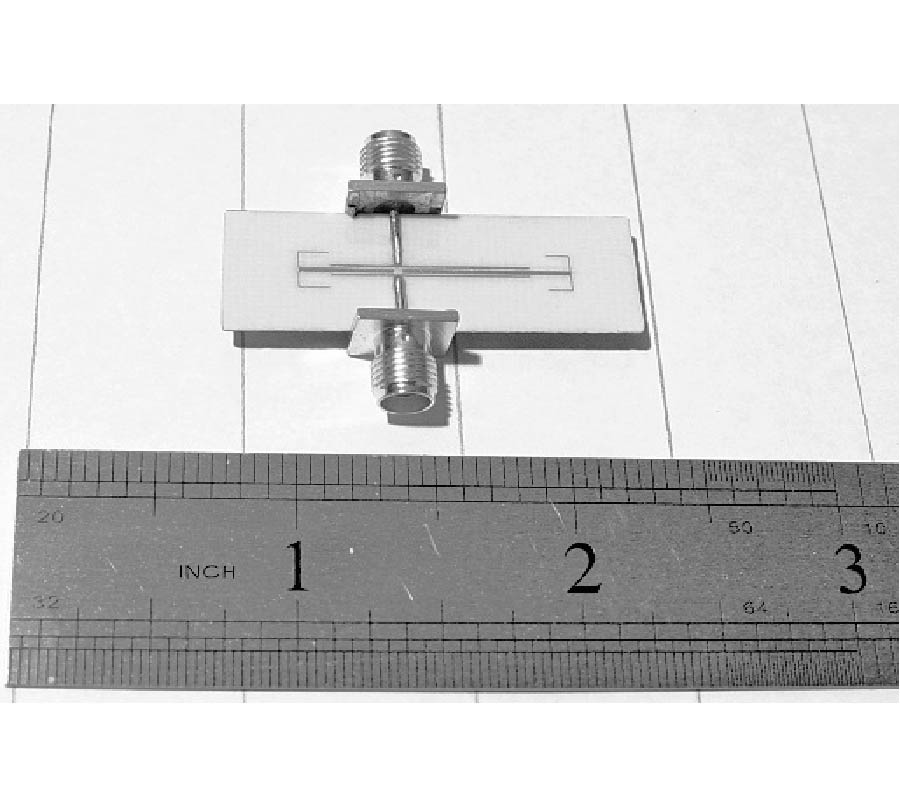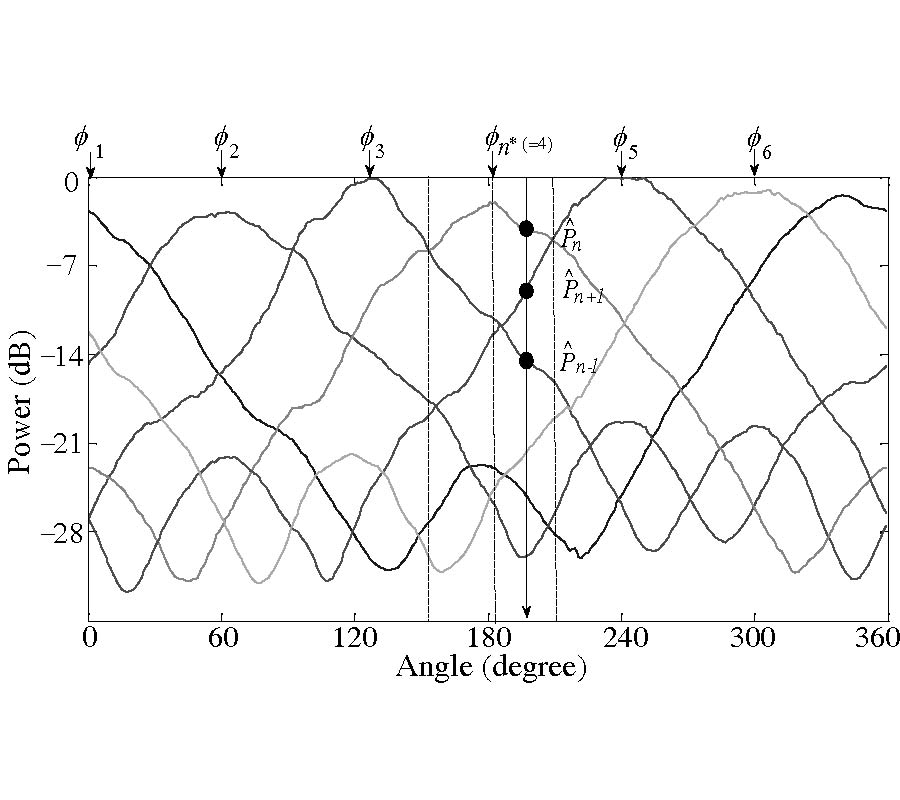Radiofrequency Performances of Transparent Ultra-Wideband Antennas
Julien Hautcoeur,
Franck Colombel,
Xavier Castel,
Mohamed Himdi and
Eduardo Motta Cruz
In this paper, optically transparent ultra-wideband (UWB) monopole antennas in S-band and C-band are presented, compared and discussed. Three transparent UWB antennas elaborated from the AgGL (Silver Grid Layer) material with various levels of transparency (54.5%, 73.4% and 80.3%) and of sheet resistances 0.018 Ω/sq, 0.022 Ω/sq and 0.052 Ω/sq, respectively are tested. The radiofrequency measurements show performances very close to those of a light reflecting reference antenna made of a continuous silver/titanium bilayer (0.0026 Ω/sq sheet resistance). Conversely, the fourth transparent antenna, made of usual transparent conducting oxide/metal multilayer presents significant ohmic losses and weak radiofrequency performances. The gains of the UWB AgGL antennas are similar to that of the reference antenna (~6 dBi max.). Whereas the gain of the transparent multilayer antenna always stays ~2 dB lower than that of the reference. This work demonstrates the relevance of AgGL coating in the fabrication of transparent UWB antennas with high radiation efficiency.



















